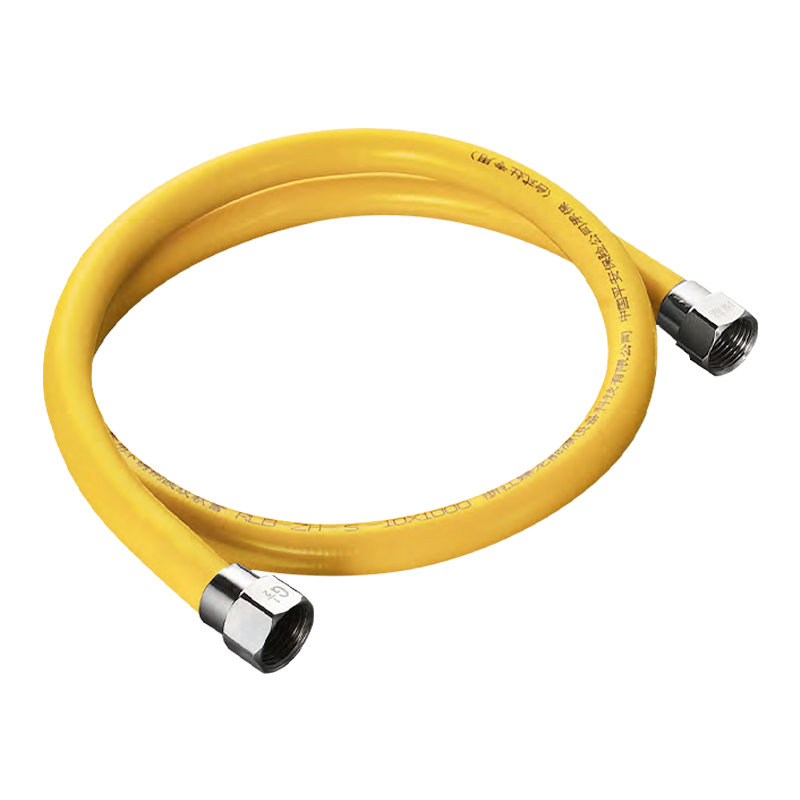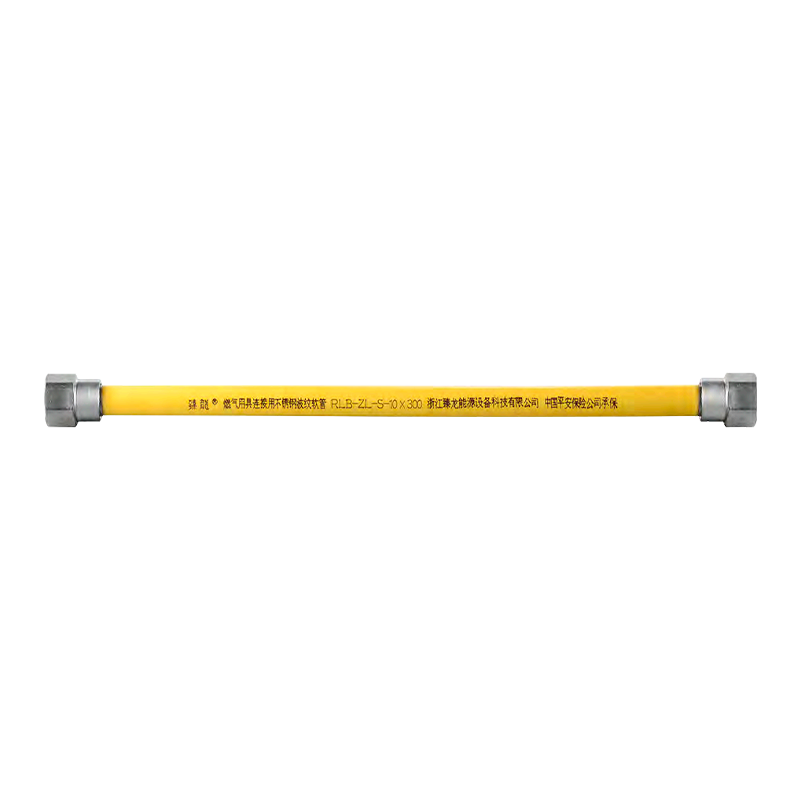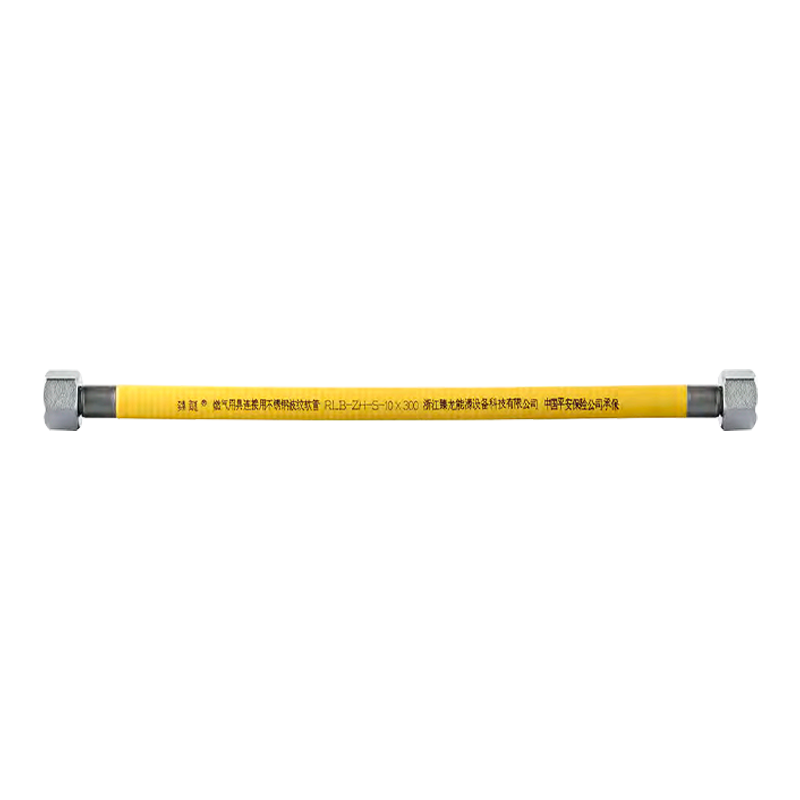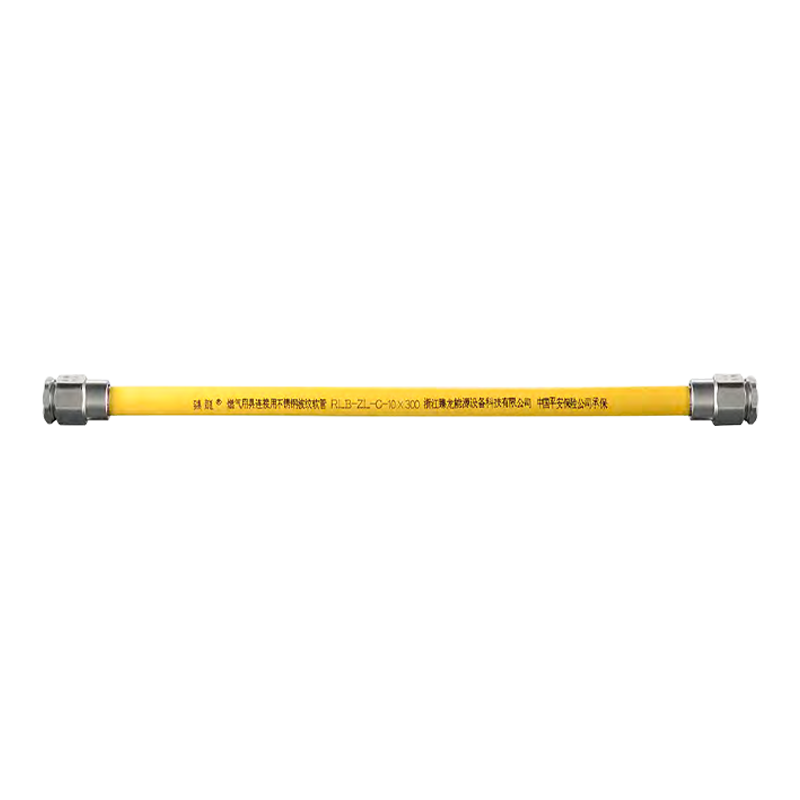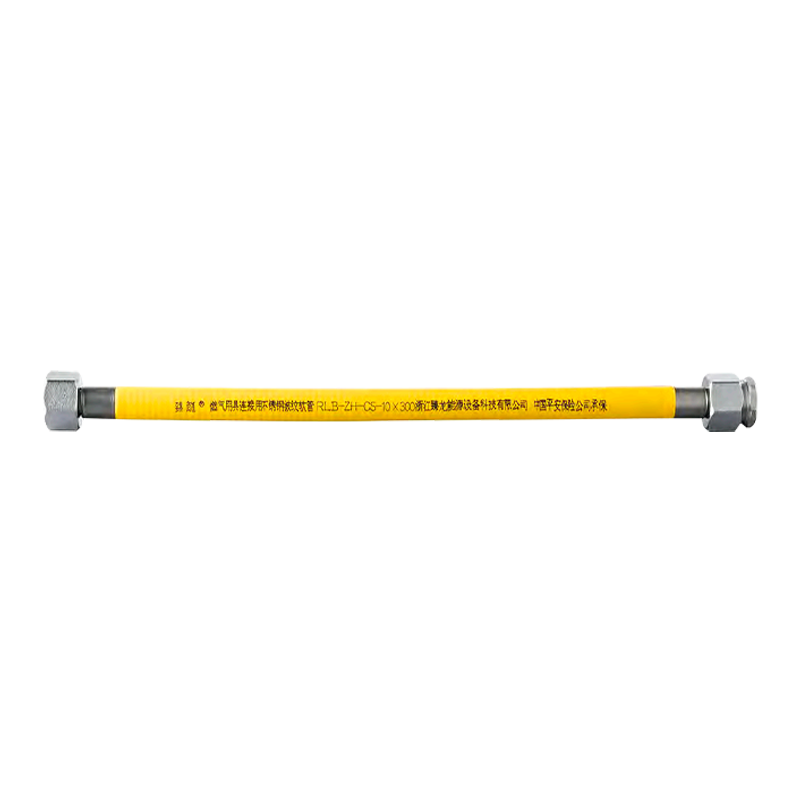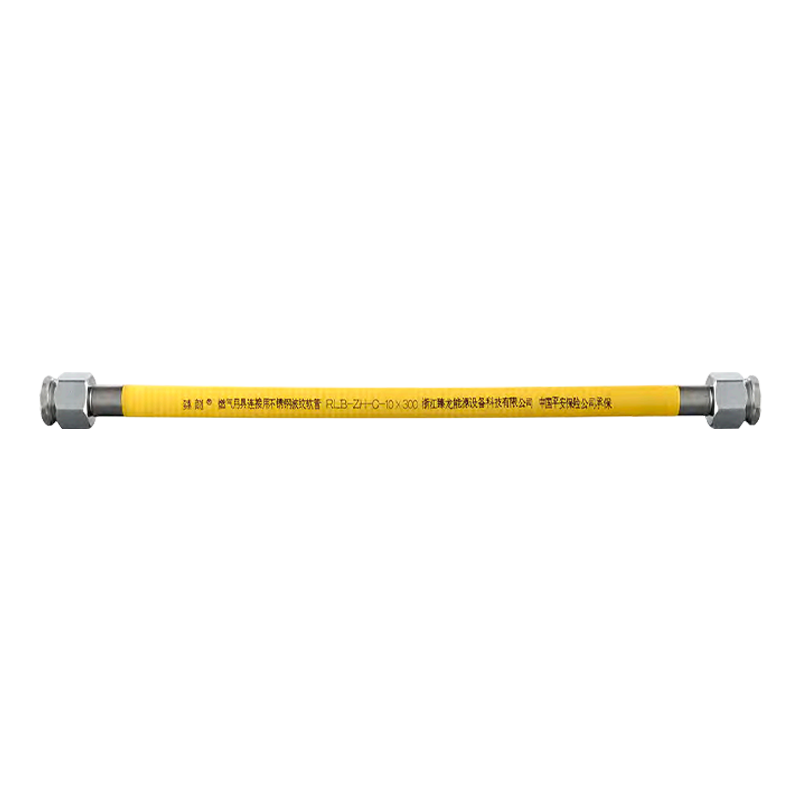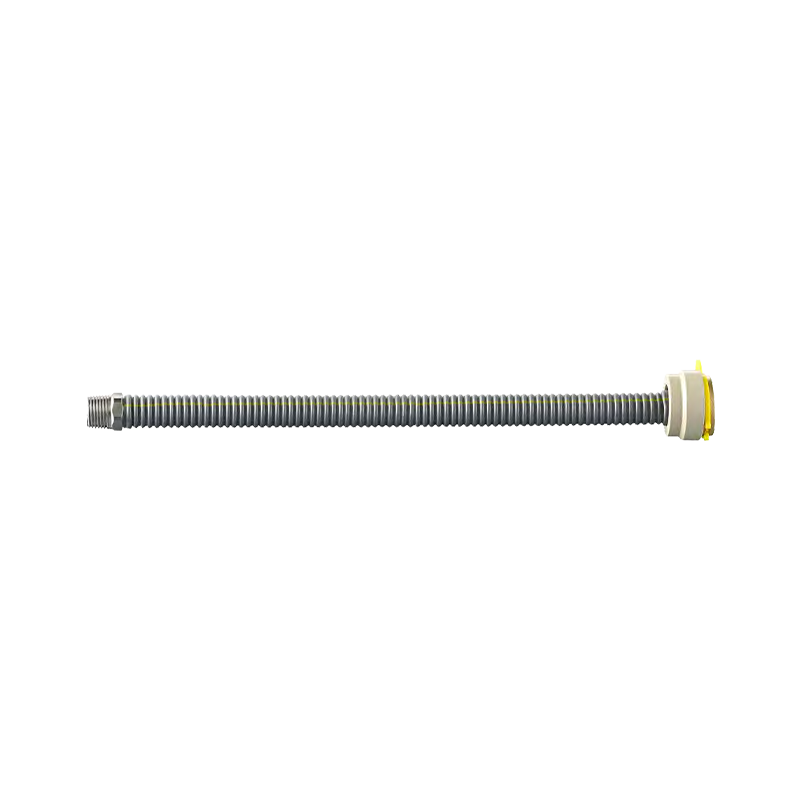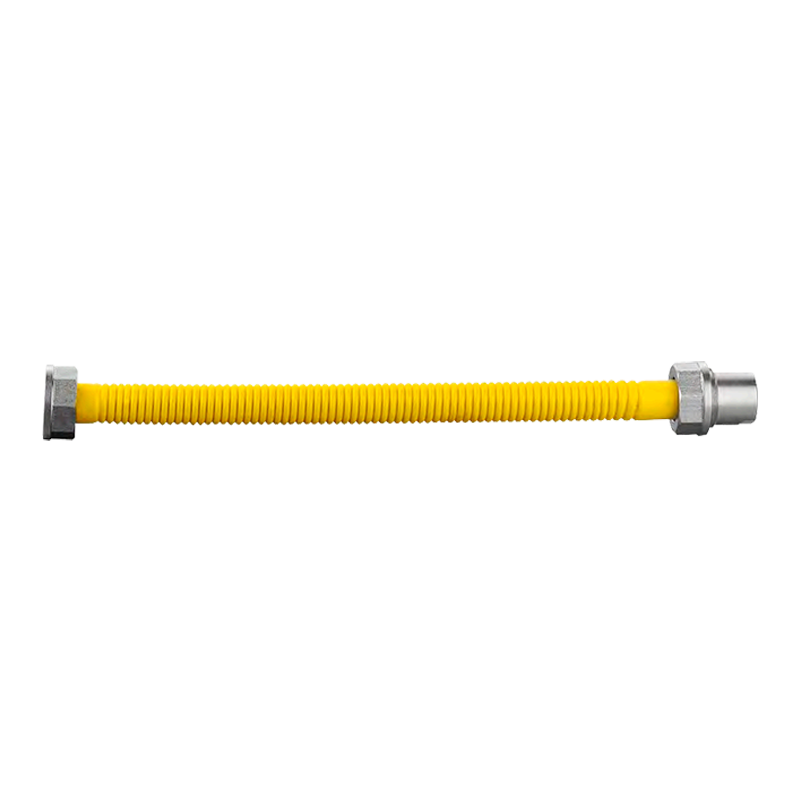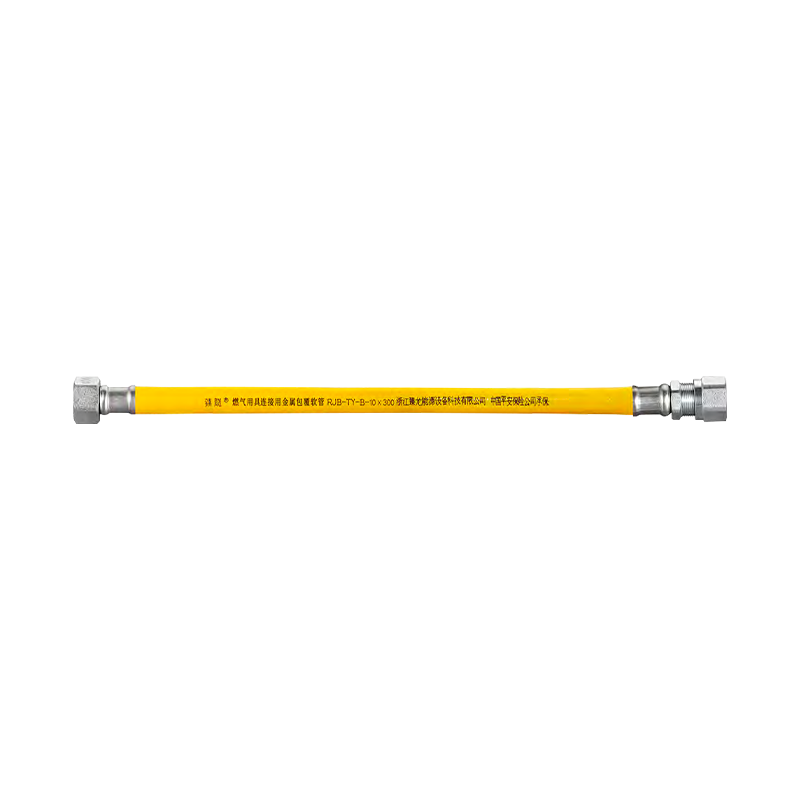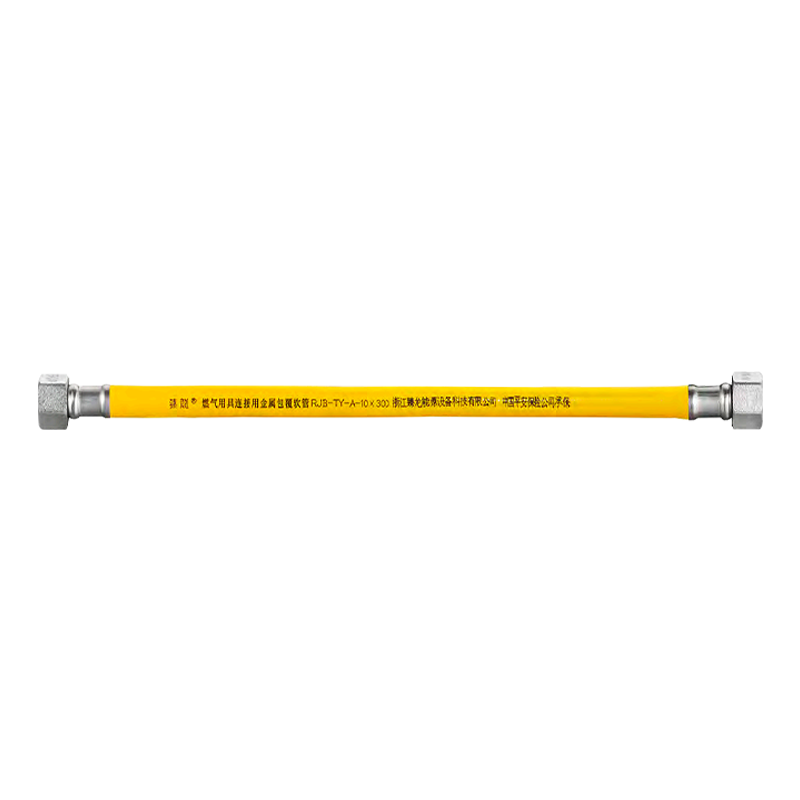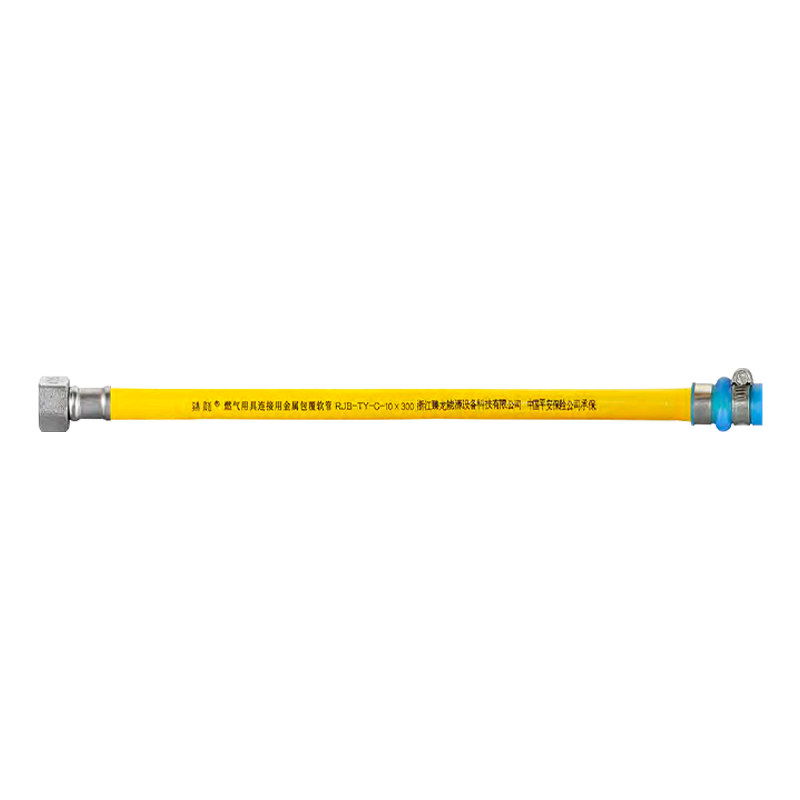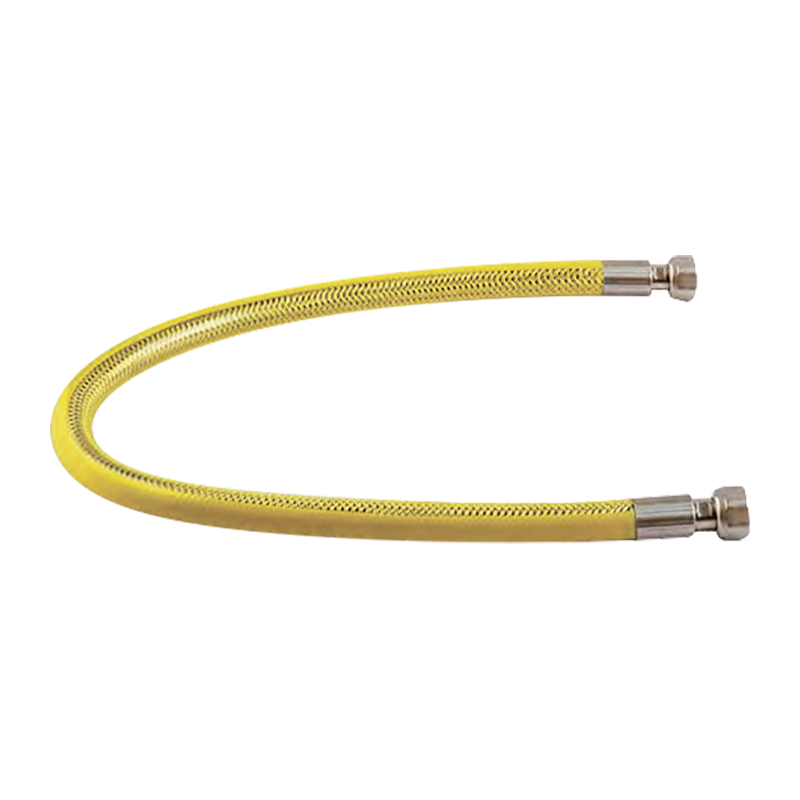Content
1. Stainless Steel Corrugated Hose vs. Traditional Rubber Hose
| Safety Features | Stainless Steel Corrugated Hose | Traditional Rubber Hose |
| Anti-slip | Threaded connection, secure and reliable | Plug-in connection, less prone to loosening and falling |
| Rodent-proof | Stainless steel, impervious to rats | Easily damaged by rat bites |
| High-temperature resistant | The hose is heat-resistant; flames typically only affect the outer PVC protective layer. | Not heat-resistant; flames may soften and ignite. |
| Aging Lifespan | 8-10 years | About 18 months, prone to aging and cracking. |
| Corrosion-resistant | Stainless steel with PVC protective layer for strong corrosion resistance. | Vulnerable to oil smoke and chemicals. |
2. Why Stainless Steel Corrugated Hose?
The government recommends the use of stainless steel corrugated hoses primarily because traditional rubber hoses present numerous safety risks, such as aging and cracking (generally believed to have a lifespan of only 18 months), being easily gnawed by rats, and being intolerant to high temperatures (they can soften and ignite under flames). Rubber hose leaks account for the highest proportion of indoor gas leaks.
Stainless steel corrugated hoses, with their rodent resistance, high temperature resistance, corrosion resistance, aging resistance, and resistance to shedding, effectively address these hazards and improve safety. The "Gas Engineering Project Specification" (GB55009-2021) further stipulates that the service life of hoses should not be less than the scrap age of the gas appliance (typically 8 years). This effectively eliminates traditional rubber hoses, which are difficult to meet.
3. Ensure safety and pay attention to installation and usage specifications
Even the best products require proper installation and use. Improper installation can negate the benefits of stainless steel corrugated hoses and may even create new risks.
Length Limit and Prohibition of Concealed Burial: The length of a household gas stainless steel corrugated hose should not exceed 2 meters. Excessive length increases the risk of bending and deformation, potentially causing leaks. Furthermore, it must not be buried through walls, ceilings, floors, windows, or doors, as leaks will be difficult to detect and repair.
Prohibition of Tees: Using tees to connect multiple gas appliances is strictly prohibited. This increases leak points and violates safety regulations.
Proposed Professional Installation: It is recommended to contact a professional from the gas company for installation. They will ensure that the threaded joints are properly sealed, the pipe clamps are securely in place, and check the airtightness of the entire connection system.
Regular Inspection and Replacement: Stainless steel corrugated hoses have a long lifespan, but they still need to be inspected regularly (monthly is recommended) for flattening, damage, rust, or loose joints. Even if they appear to be intact, they must be replaced within their service life (usually 8-10 years).
4. How to Choose a Qualified Stainless Steel Corrugated Hose?
When purchasing, please note:
Check the standard: The product should comply with the "Stainless Steel Corrugated Hose for Gas Appliance Connection" (GB/T 41317-2022). Be careful to distinguish between hoses designated "for gas transmission" and "for gas appliance connection," as the latter is used to connect stoves.
Check the connectors: Ensure both ends are threaded, which is more secure and prevents disconnection than traditional plug-in connections.
Choose from a reliable source: Purchase from reputable shopping malls, brand-name stores, or gas companies to avoid inferior products.

 English
English 中文简体
中文简体 Español
Español عربى
عربى


